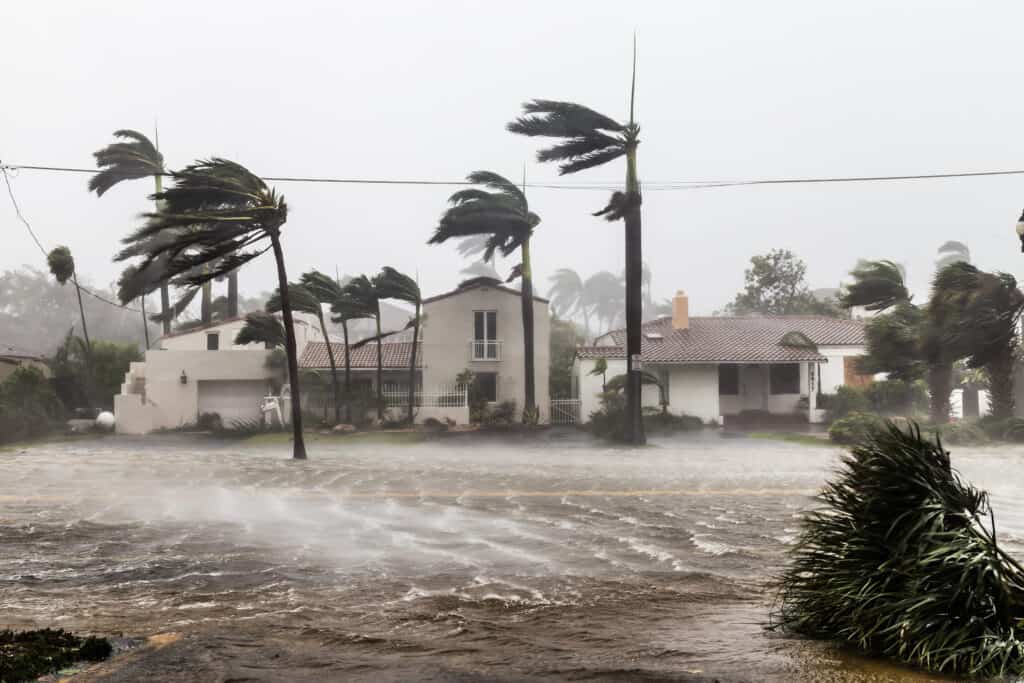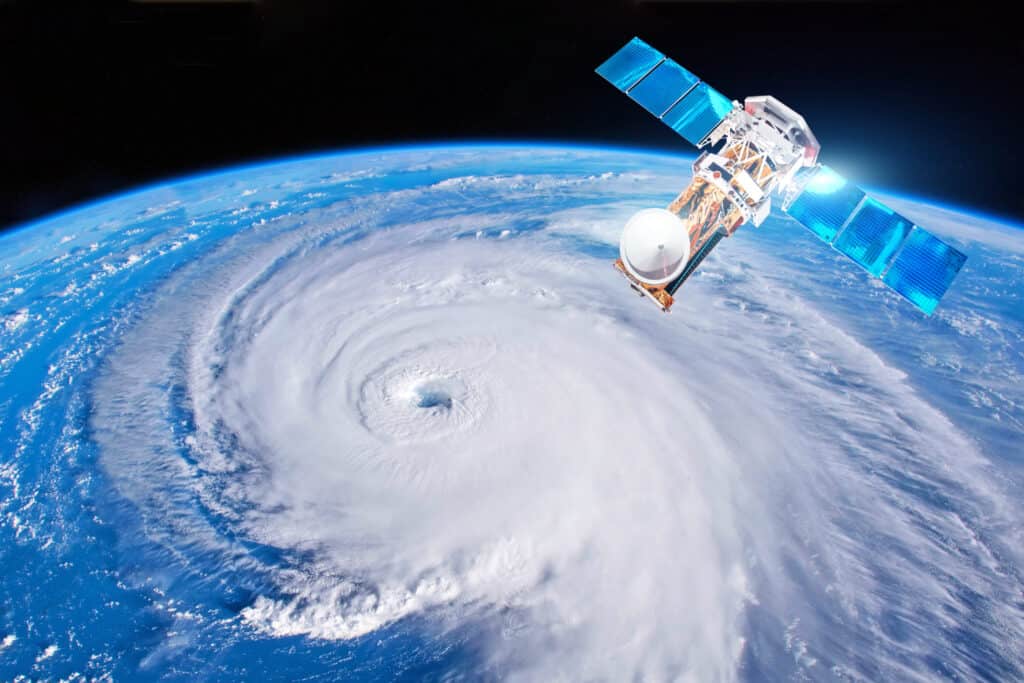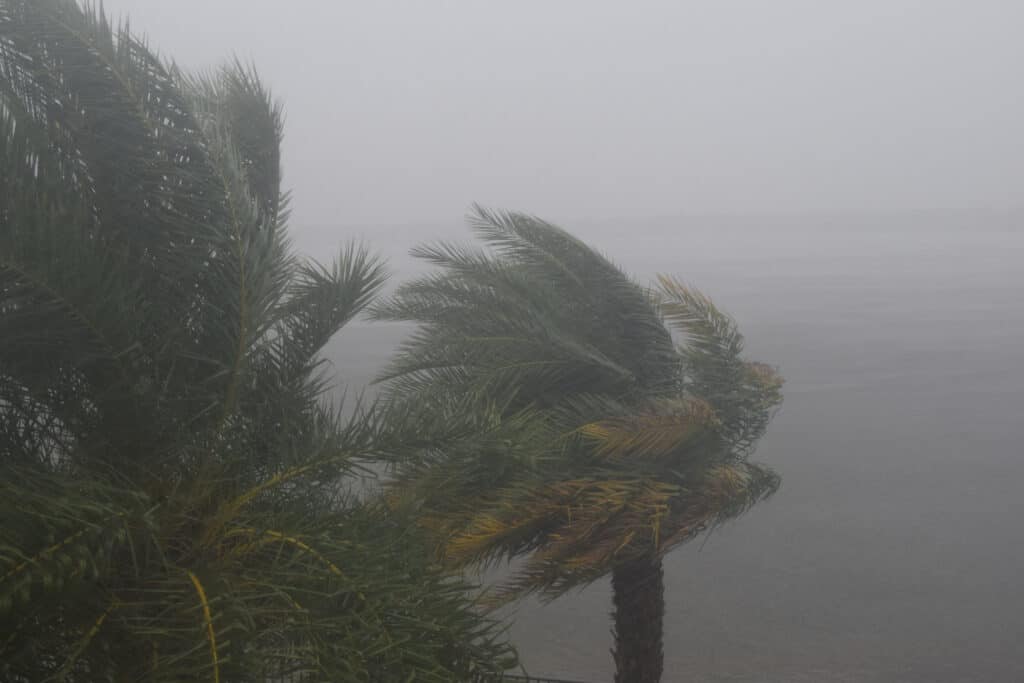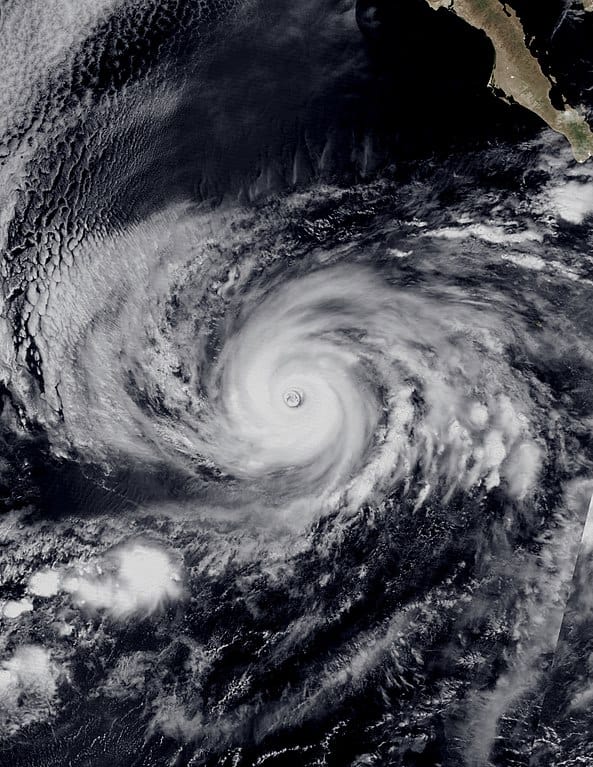To put it simply, a hurricane is a low-pressure system characterized by a well-defined circulation and intense convective rainfall. According to its intensity and the underlying ocean basin, it may be called a hurricane, tropical cyclone, tropical storm, tropical depression, or typhoon. The fact that these hurricanes seem to be getting more devastating as our world develops is a major cause for concern. Extreme weather events, such as hurricanes, are becoming more damaging and expensive over time. This is because of increased wind speeds, higher storm surges, and record rainfall.
Global warming is making Atlantic hurricanes more powerful by increasing rainfall, creating rapid intensification, and extending storm lifetimes after landfall. A new analytical examination of historical and satellite data shows that there are no more Atlantic storms than there were 150 years ago. However, what is concerning is that their intensity is increasing. In this piece, we’ll try to figure out why, and how, hurricanes are becomes more destructive over time.
Recent Research Proves Climate Change is Making Hurricanes Stronger

Hurricanes can cause incredible damage when they reach land
©FotoKina/Shutterstock.com
Tropical storms can cause more damage if they reach land while sea surface temperatures are higher. The maximum sustained winds of tropical cyclones are increasing in intensity due to climate change. This is according to a new study led by NOAA scientists who evaluated nearly 40 years of enhanced infrared satellite images. According to this research, the global strength of tropical cyclones has increased significantly between 1979 and 2017. The frequency of catastrophic hurricanes has grown over the past 39 years. However, the frequency of less severe hurricanes has dropped.
Satellite Data Findings
Infrared temperatures above the eyewall are just one of many aspects of a tropical cyclone that were monitored by satellites orbiting the planet. These were used in a recent study to calculate intensity estimates. Newer, higher-resolution satellite imagery and other technological advancements were accounted for in the researcher methodology. The larger period of this analysis made it possible to detect statistically significant patterns in hurricane intensity around the world. The findings proved the theory that increasing global temperatures fuel more powerful tropical cyclones.
The Concern – Major Hurricanes

The eye of a hurricane, view taken from a satellite.
©aappp/Shutterstock.com
Key findings include an increase in the frequency of large storms. These include category 3, 4, or 5 on the Saffir-Simpson Hurricane Wind Scale. Increased chances of major hurricane intensity can be seen between the first and second halves of the dataset’s 39 years. Scientists found that during this period, there was a 15 percent rise in the likelihood of a tropical storm with Category 3 or higher wind speeds (at least 111 mph). This amounted to an average annual growth rate of around 8% over the research period. At around 6% per decade, the number of tropical cyclones that reached or exceeded major hurricane intensity also increased.
Areas At Increased Risk
High rates of growth in hurricane intensity were seen from 1979 to 2017 in the North Atlantic ocean. This includes the cyclone-prone east coast of the United States. Changes in the North Atlantic are the most dramatic, with the likelihood of a major storm increasing by 49% every decade. The scientists conceded, however, that it was challenging to properly comprehend the trend. This was due to regional variability in the North Atlantic brought on by factors such as pollutants, African dust, volcanic activity, and greenhouse gases. Furthermore, the size and impact of the trends differed greatly between different ocean basins.
The Impact? Stronger Winds, more Rainfall, and Rising Sea Levels

Stronger winds are just one consequence of hurricanes increasing in intensity.
©LouiesWorld1/Shutterstock.com
Winds
There is a consensus among climate change models that it will slightly enhance the wind intensity of hurricanes. The increase in atmospheric moisture and higher sea temperatures are likely to blame for this shift.
Rainfall
Global climate models project that hurricanes will produce heavier downpours and pose a greater risk of coastal flooding. This is because of the rising sea levels. The number of storms around the world may drop or stay about the same, but any hurricanes that do form are expected to be particularly destructive.
So, why do hurricanes produce more rain when it’s warm? As temperatures rise, more heat is lost from the oceans to the atmosphere through evaporation. These storms gather energy and moisture from the warm ocean air as they move across it. This increases the likelihood of flooding because of increased wind speed and precipitation during storm landfall.
Sea Levels

Rising sea levels are likely to cause more storm surges.
©MDay Photography/Shutterstock.com
When the ocean’s typical levels are exceeded and the water is driven inland by the wind, a storm surge occurs. The storm surge from Hurricane Katrina was responsible for the failure of the levees and the subsequent destruction of the New Orleans area. According to a Rand study, Sandy’s storm surge in 2012 cost New York City an additional $2 billion in damages.
Sea level rise exacerbates this problem since it results from human-caused global warming. As countries continue to develop and populations keep increasing, the average worldwide sea level has risen by half a foot since 1900. When hurricanes cause storm surges, higher sea levels might cause more water to be pushed onshore.
In Conclusion
Consistent with predictions of how hurricanes adapt to a warming planet, these findings suggest that these storms have grown stronger on a global and regionWal scale. This adds weight to the idea that climate change is making hurricanes more intense. However, it still doesn’t tell us how much of the observed trends may be attributed to human activity and how much to natural variability.
According to these statistical findings, the year 2022 is highly likely to rank among the top five warmest years on record. When it comes to weather and climate disasters in the United States, hurricanes are by far the costliest. As a result, it’s crucial to investigate the future effects of climate change on storms.
Up Next
Thank you for reading! Have some feedback for us? Contact the AZ Animals editorial team.








